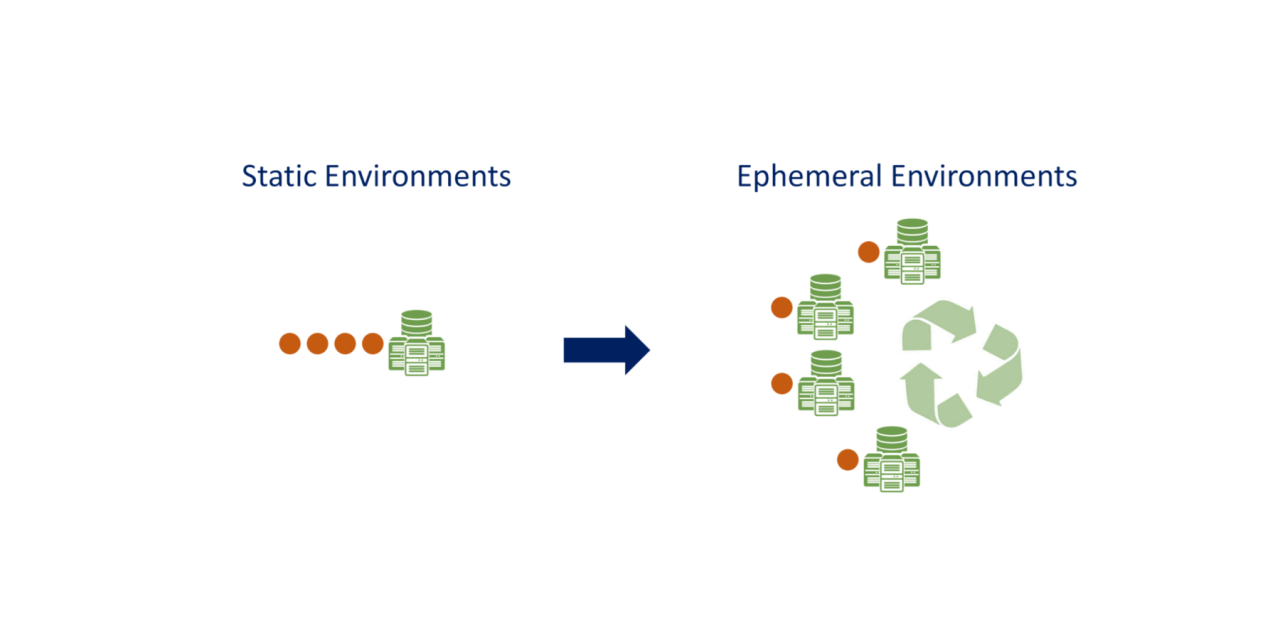By: Mark Lewis, SVP Sales and Marketing
As enterprises enter a new landscape of competitiveness, speed, and customer service, they redefine the way they look at software development and testing. Speed and confidence are now more than nice-to-have factors in software delivery. They are stapled elements if any enterprise wants to survive and win in this fast and fluid modern software world. This is where many teams started embracing the idea of automation at various stages.
Test automation was a consequence of this exploration. It was brought in to inject speed, ease, and quality in software. The idea was that it would liberate human resources of all the redundant work, hours, and tests that an automated tool can handle in a more effective way. This would add agility and quality and speed up the entire process in a developer-friendly manner. Unfortunately, this concept is not working in practice as much as was expected.
Avoiding test automation pitfalls and failures
Test automation can fail to deliver on its expectations at times. Some common mistakes and assumptions begin to emerge, explaining the fallibility of test automation. Here are some top ones:
- Having too many or impractical expectations from test automation: The QA team cannot automate everything, which is commonly expected from management. The idea of 100 percent automation is implausible. One cannot overlook areas that still require human intervention and inspection. The attention to some errors and delays in the software release cannot be entirely delegated to a tool.
- Coverage fallacy: Automation was injected to free up time for testing and using testers’ skills at places where they can provide the most value. So, 100% test coverage is not possible. It is also essential to use human skills in the right place and in the right way.
- Delays and confusion: The waiting game can often dominate the testing process. Many programmers are awaiting feedback, so they can begin the next task. Slowly, automation becomes outdated. On another extreme of this mistake, testers can spend a lot of time maintaining the automation false failures – wasting a lot of time and resources.
- Fitting Issues: Every test automation has a different size, need, and timing. That is where proper planning and continuous improvement come in. Complex test suites have extended time frames, affecting the test queue in a negative way.
- Haste and oversight: Teams can forget that the environment setup, test design, strategy, test data, setup, and tooling choice can not be after-thoughts. Big-Bang approaches can lead to failures and hidden surprises. It is better to start with a continuous integration server, running on every build and adding additional scripts in a gradual and planned manner.
- Other issues: Numerous drag and maintenance costs and halted test cases are also a part of the problem. Organizations even fail due to a lack of skills and expertise and the availability of the right tools.
Some best practices can help you arrest these problem areas before they slip out of control. Like:
- Apply collaboration and strategy. Do not just slap on a tool. Meetings, discussions, and gradual approaches can increase the chances of a successful setup. Start with the flows that are easy to set up.
- Create an optimum balance between automation testing and manual testing. Do not assume or expect automation testing to replace manual testing completely. It’s a complementary part that’s supposed to give the human team more time to focus on other tasks manually. Also, know when to automate and when not to.
- Adopt a parallel testing approach instead of doing everything in one stroke. Parallel testing can benefit your organization by saving you costly errors, increasing the speed of testing, and provide visibility into blind spots – giving you better coverage and optimizing your CI/CD processes.
Despite the vulnerability to failures, a lot of hope and room exists to leverage automation’s true potential. The Software Quality Report also showed that as automation continues to grow, organizations increase the amount of automation across their testing ecosystems – what’s good to note is that respondents feel they’re getting increased value from automation: better control and transparency of test activities, reuse of test cases, and defect detection. You can enjoy these gains too, by having the correct approach and tools in place for test automation.



